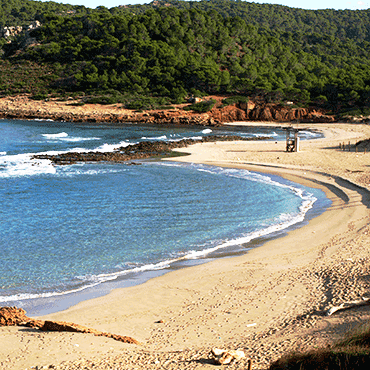
This challenge handled the ability to follow up on the sea-level rise and sediment balance per stretch of North Atlantic coast*, over the past 10, 50 and 100 years, to assess whether the available marine data sets at that time, were available and appropriate to use in use cases, as well as to indicate gaps in the EU data collection framework of that time *.
* ie. including North-East Atlantic, USA, Canada and outermost Regions
The Coast challenge attemptd to follow up on the sea level rise and sediment balance, per stretch of coast of the North Atlantic, over the past 10, 50 and 100 years as follows:
- Characterization of (absolute and relative) sea level trend (annual resolution), along the coasts of EU Member States (including Outermost Regions), Canada, Faroes, Greenland, Iceland, Mexico, Morocco Norway and USA;
- Characterization of the annual sediment balance (ie. mass gained or lost) (annual resolution), along the coasts of EU Member States (including Outermost Regions), Greenland, Norway, Iceland, Russia, Canada and USA.
It is important to note here that the ‘stretches’ or ‘length of coast’ werre defined by the administrative regions of the Atlantic Coast:
- from NUTS3** administrative division for EU countries (see Eurostat), and
- from GADM*** administrative divisions for non-EU countries.
The information derived from both products can be used for coastal protection activities in each of the administrative divisions.
** Third level of Nomenclature of Territorial Units for Statistics
*** Global Administrative Areas
EuroGOOS (lead), CLS, HR Wallingford, Marine Institute
Data providers
All sea level sources are considered to compute the Absolute and relative Sea Level, 10, 50 & 100 years time series:
For 10-years absolute sea level trend product, satellite altimetry data can be used. Since no satellite altimetry is available prior to early 1990, i.e. for the 50 and 100 years absolute sea level products, it has been necessary to use published global sea level reconstruction datasets. These are based on the relationship between tide gauges and altimetry over the common period of operation to reconstruct historical sea level based on the spatial pattern evidenced by the altimetric measuremens with the variability from tide-gauge records.
Relative sea level trend can be obtained directly from the maximun number of Tide Gauges Observations available in the Atlantic Ocean. As the stretchs of coast defined correspond with the administative divisions, in some of the regions we will have available tide gauges for long time series, but for some other regions, the lack of this information will be a gap.
For sediment mass balance, after an intensive research, no global data sources have been found for the study area. EMODnet Geology, One Geology or EUROSION does not provide the quantitative information to perform these products. Alternative datasources are able to provide only partial information of sediment balance for some stretches of coast.
Access to products
The challenge partners ("the producers") were commissioned to perform a number of tests to evaluate marine data according to set user requirements. The table below enables:
- to discover :
- the Data Product Specifications (DPS) which describe data products in terms of user requirements according to ISO19131 principles and provide the basis for the quantitative assessment of the Products (Quality measures and scope of application) and of the Upstream Data sets supplied to- and used by- the challenges to create them.
- the Results (TDP) which describe the Data Product created together with the quantitative assessments (Quality measures and indicators) and the expert opinion.
- to download the products (shapefile, excel, pdf) on an "as is" basis. All downloads suppose acceptance of the use limitations described in the “Expert opinion” and the “Legal constraints” accessible using the link to the Results.
-
to view the spatial data products (Maps) using a webGIS.
Data product were scored by experts from 1 to 5, resp. inadequate to excellent. The score is mentioned in the last column. “Good” means the Product was achieved to at least 50% of the requirements. “Inadequate” means “Impossible to produce or fails to meet all the objectives (not usable)”.
